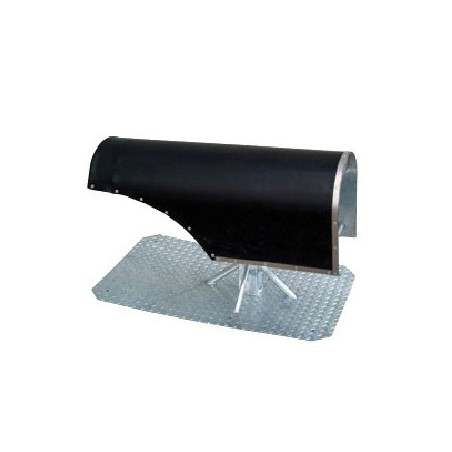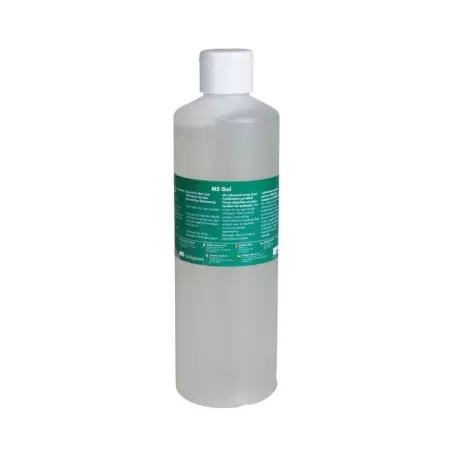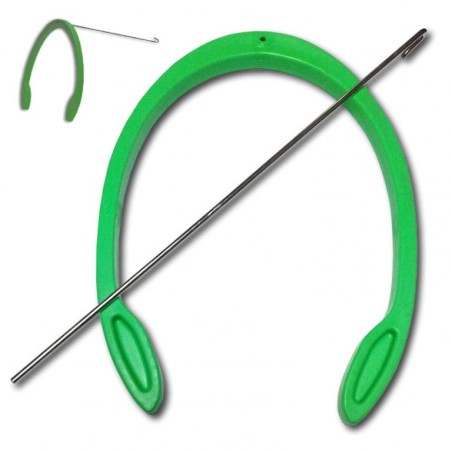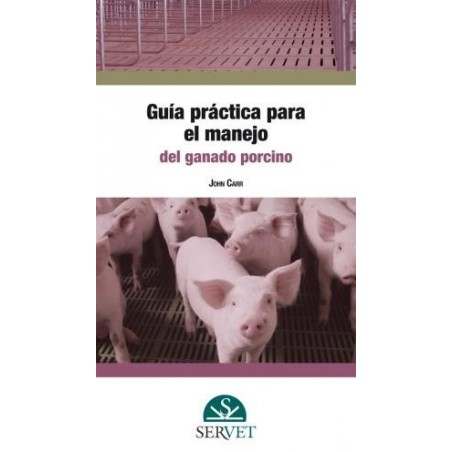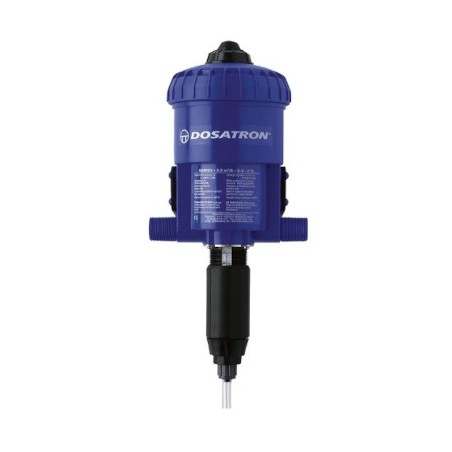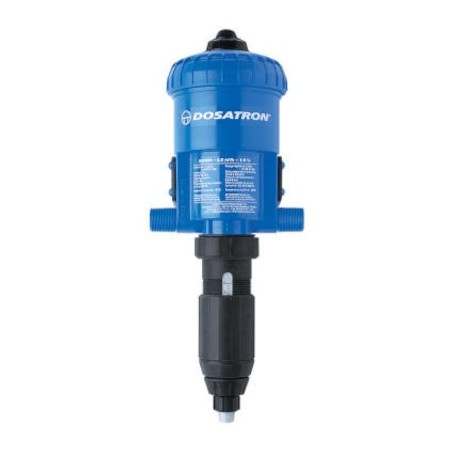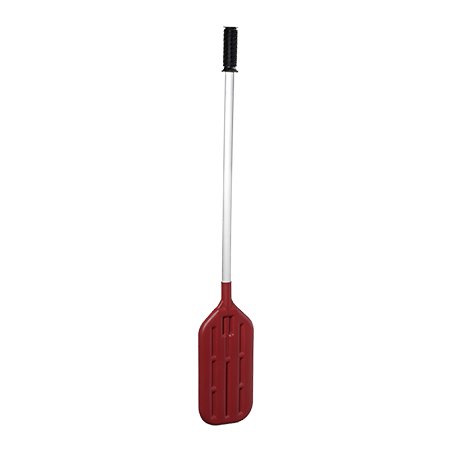Optimal gilt management
Pablo Magallón stresses the importance of starting with a well-managed gilt. He emphasizes that "in gilt development, it is very important to ensure adequate access to feed for all animals. One drinker for every 10 animals, a minimum of one square meter per animal in the final phase of gilt development, and ad-libitum feeding from birth to insemination."
It is important to be systematic and to start heat detection at around 24-26 weeks to get the sows to cycle as early as possible. Starting later leads to inseminating animals that are too heavy and has consequences on production, longevity, and nutritional efficiency.

Under normal conditions, 70% of the animals should have been detected to have been on heat after 20-25 days from the start of boar exposure. This guideline allows us to work with ages of 220-230 days at insemination and a weight range between 135 kg and 160 kg. Ideally, two heats should be recorded prior to insemination.
Magallón is categorical on this point: it is essential that in the 3 weeks prior to mating the gilts do not have any event (vaccination, acclimation to stalls) that could cause a reduction in intake. This approach aims to achieve the maximum number of pre-ovulatory sized follicles possible.
In an ideal situation, or when designing a new farm, PIC recommends to have this production stage segregated in a differentiated space, with stalls to hold nine weeks worth of gilts to properly acclimate, and perform heat checking and flushing. On these farms, we work with 250 lux, a good aisle for the boar, and feeding ball dispensers that allow ad libitum feeding.
When there are not enough stalls, they prefer to leave the gilts in the pen with no stress and move them to the stall when they come into heat to inseminate them there.
Feeding gilts
Throughout the interview, Magallón emphasized the importance of body condition. They recommend the use of tapes that measure the diameter from flank to flank and allow us to estimate the weight of the gilts at the first insemination.
In 2022, PIC presented new feeding recommendations based on its studies. The recommendations are in Mcal of net or metabolizable energy (Mcal NE/ME).
For a gilt inseminated for the first time between 220 and 230 days old, a flat curve throughout gestation of 4.4 Mcal NE per day is recommended.
Prior to farrowing, the gilt should be fed the same amount of feed that she was eating in gestation, but with lactation or peri-farrowing feed distributed in at least two feedings to get her used to eating in several feedings and to make sure that there is not much time between the last feeding and farrowing (to reduce stillborns and farrowing duration).
After farrowing, feeding should be ad-libitum, although Magallón adds: "We prefer to give her a rapid and progressive increase in feed intake, but not ad libitum, just after farrowing".
Magallón insists on measuring body condition: "We are strong advocates of using the caliper. It allows us to obtain an objective measure of body condition. It can be taught to farmers with a 30-minute training. It is repeatable and allows us to obtain a lot of information in real time." He continues, "What is really interesting is taking measurements at farrowing and at weaning, since the measurement at farrowing allows us to assess how well adjusted the feeding curve in gestation is to the needs of the animals, and the double farrowing/weaning assessment allows us to know how much body condition is lost during lactation".
At farrowing, the caliper value range for the Camborough sow should be between 12-15, and the normal loss in lactation is 1.5 points for multiparous sows and 2.5 for nulliparous sows, although logically these numbers should be evaluated according to piglets weaned, days of lactation, etc.
Feeding multiparous sows
The following figure shows the feeding recommendations for the weaned sow in detail.
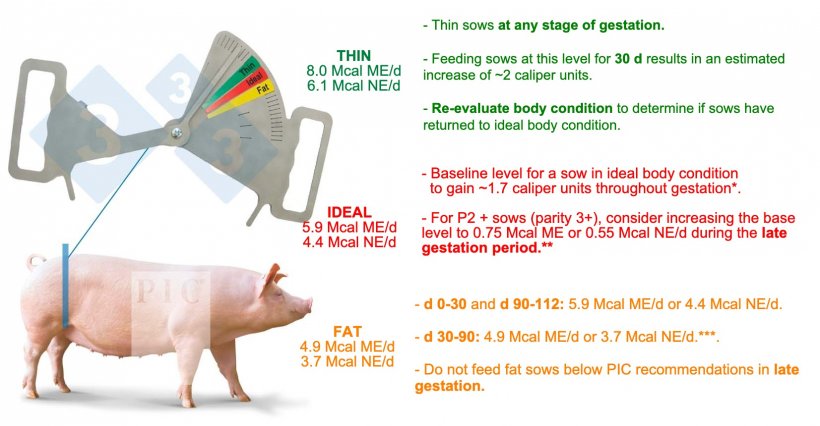
Feeding and nutrition in gestation. Multiparous sows. Updated April 2022. Assumes a minimum intake of 11 grams of digestible lysine per day on a herd basis. *Estimated based on a sow with a body weight of 200 kg. **Most P2+ sows will have a body weight >200 kg. During the late gestation period they will have a higher body weight and therefore require a higher level of feed to meet their maintenance needs. ***It is very difficult to readjust the body condition of a fat sow during the gestation period.
The main points to remember are:

- Sows in optimal body condition should eat 4.4 Mcal NE/day
- Thin sows should eat 6.1 Mcal NE/day. These sows should be identified in order to recover them as soon as possible and checked weekly to move them to the optimal curve once they have recovered.
- Fat sows eat the same as sows in optimal condition during the first month of gestation. If the feeding system in gestation allows it, they can be restricted between 30-90 days of gestation to 3.7 Mcal NE.
For parity 3+ sows, it is recommended to increase feed by 0.55 Mcal NE (about 250 g feed) during the last third of gestation, due to their higher maintenance needs.
Another recommended measure is to give 300 grams more feed or granulated straw for the first five days after moving them to group housing gestation pens in order to achieve greater satiety and, therefore, make the sows calmer in the first days of grouping.
Lactation
The general recommendations for lactation are the standard ones nowadays: guaranteeing a good environment for the piglets, adequate colostrum intake, etc., but Magallón wants to emphasize two specific aspects:
- Pay close attention to the gilts at the beginning of lactation: make sure that they adapt well to the farrowing pen and that they start eating well. Focus on post-farrowing recovery and gradually increase feeding. Keep in mind that most gilts are not familiar with the feeding system they encounter in the farrowing room and must therefore be taught.
- As a general rule, load sows with 14-15 piglets and keep movements to a minimum. This general rule will depend on the management conditions, facilities, etc. of each farm, but the PIC sow is capable of this due to the number of teats and piglet quality at birth.
Monitoring mortality in sows
High mortality in sows is an increasingly common problem on all farms and is of concern to the swine industry. To conclude this article, we asked Magallón how this issue is being addressed at PIC.
Magallón explains that, according to the Camborough Benchmarking data, the average mortality rate of the 750,000 sows in Europe is around 10%. He explains that the foundation for keeping mortality at acceptable numbers is:
- Maintaining the body condition of the sows in the appropriate range. Above all, avoid sows that are too old and too heavy.
- Working very carefully on the eligibility of the sow to be inseminated. A good selection of gilts is fundamental (proper leg conformation, minimum 14 teats, no lesions n the tail, etc.). Selection rates of 75-80% are appropriate. Even so, if at the moment of insemination any animal arrives that is not in good condition, it should not be inseminated. At weaning, it should be ensured that all inseminated animals have the capacity to reach farrowing. It is advisable to work with replacement rates of 50% on commercial farms.






